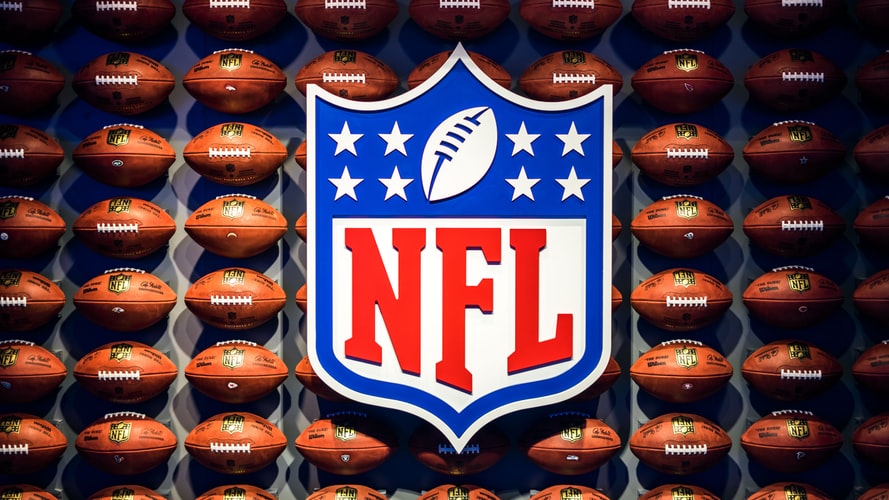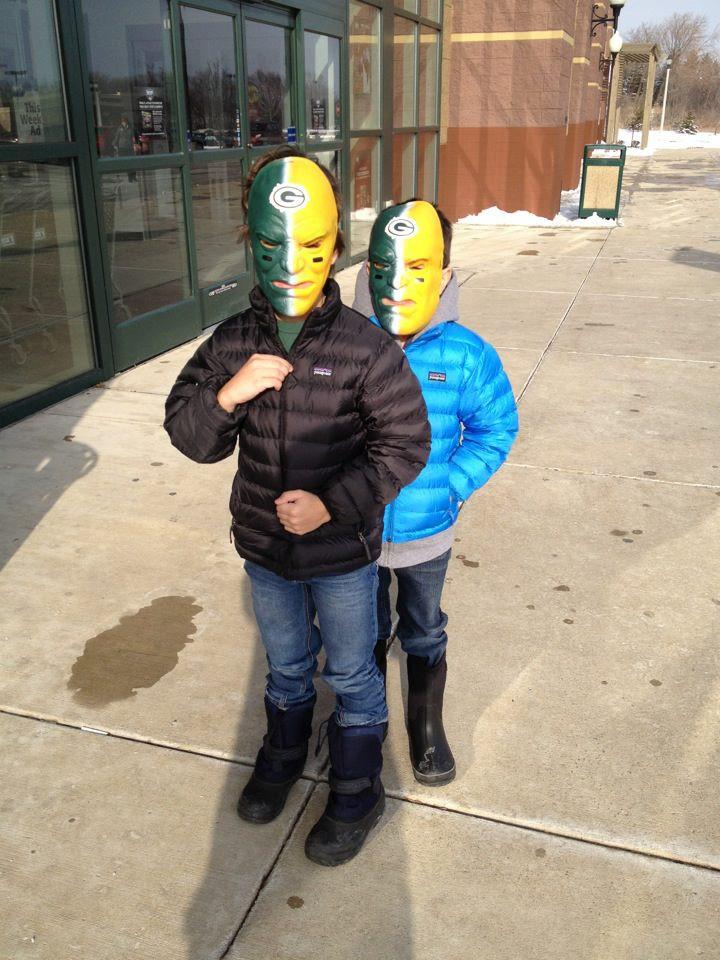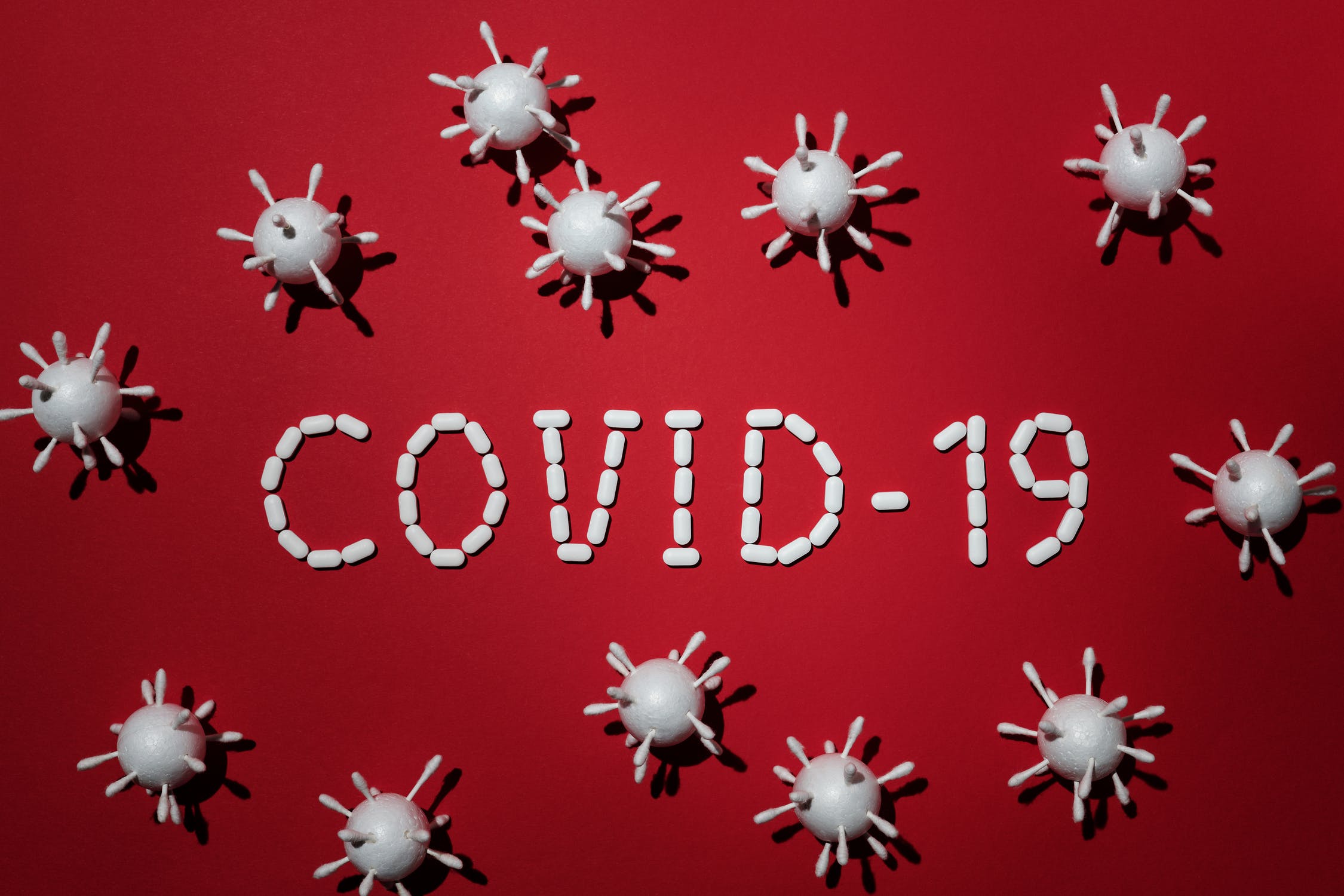What is the NFL Draft, and how does it work?
The annual NFL Draft is a highly anticipated event that presents an opportunity for a city to transform its sports culture with the right pick. Choosing the right player can completely change the trajectory of a franchise, which is why so many fans eagerly await their team’s selection.
To help you get ready for this event, we’ve created this comprehensive guide with everything you’ll need to know about the NFL Draft including an explanation of what it is, how it works, and other essential info!
What is the NFL Draft?
The NFL Draft is an annual event dating back to 1936 where NFL organizations get the opportunity to pick top college football players to join their team. The draft is designed to help teams in need acquire talented players to fill out their roster so they can compete for a Superbowl championship. Essentially, each team gets a limited number of picks that can be used to draft any eligible college player to their professional team.
How many rounds and picks are in the NFL Draft?
The entire NFL Draft consists of seven rounds which take place over three days. Each round consists of 32 total picks, enabling each team to get one pick per round (barring trades). In addition to these picks, the NFL can provide up to 32 compensatory picks to teams who’ve lost players to free agency. These compensatory picks occur from rounds three to seven, and the amount given varies year to year.
How is the NFL Draft order determined?
The NFL Draft order is based on each team’s record from the previous season. Essentially, the team with the worst record picks first and so-on until the team with the best record (the Superbowl champion) picks last in the round.
It’s important to note that the order of picks can vary beyond each teams’ individual record based on trades. For example, a team may want to move up in the draft in order to snag a player they want. Typically, this involves trading a collection of draft picks and/or players to get a better pick. Likewise, a team with a high pick may wish to trade down in exchange for additional picks and players to add depth to their roster.
How does the NFL Draft work?
When the draft starts, the team with the first pick will have ten minutes to submit their selection. During that ten minute span, coaches and managers from the team typically make and receive calls regarding potential trades. If no trade is agreed upon, the team will submit their draft choice for an available college player. This continues until the end of the first round, which takes place on the first day of NFL Draft weekend. The same process occurs for rounds two and three on day two, and rounds four through seven on day three. After the draft has concluded, any college players that were not selected become “undrafted free agents” which can be picked up by any team.
When is the NFL Draft?
The exact date of the NFL Draft varies year-to-year, but the event typically occurs in the last week of April. The first rounds usually take place in the evening so fans can watch, while rounds two through seven occur throughout the following days of the NFL Draft weekend.
NFL Draft location
The location of the NFL Draft changes each year, giving fans from across the nation an opportunity to participate in the event. It wasn’t always this way, as the NFL Draft initially rotated between only a few cities for nearly three decades. In 1965, the league decided to host the event exclusively in New York City, which continued as a tradition until it was moved to Chicago in 2015. Chicago hosted the NFL Draft in 2015 and 2016, but since then the event has moved to a new location each year.
What channel does the NFL draft come on?
The NFL Draft typically comes on multiple channels which may vary year-to-year. The most common channels chosen to televise the event include the NFL Network, ESPN, and ABC.
Famous NFL Draft stories
The NFL Draft is notorious for drama as teams make huge, franchise-changing decisions that will be judged and dissected by fans for years to come. After all, the right pick can help you win a championship while the wrong choice can set you back for years to come. Here are a couple of the most important draft events to be aware of for anyone new to watching the event:
1. The New Orleans Saints trade everything for Ricky Williams
In the 1999 draft, New Orleans Saints head coach Mike Ditka made an unheard-of trade to draft what he believed was a generational running back in Ricky Williams from the University of Texas. Ricky Williams had recently won the Heisman Trophy, given to the best player in college football—so Ditka offered to trade the Saints entire draft (picks from each round) in addition to picks from the following year’s draft to secure the star. The Washington Redskins took Ditka up on this offer, enabling Ditka to move up from the 12th spot to the 5th spot in order to select Ricky Williams. Unfortunately, giving up those picks meant the team wasn’t able to build talent around Williams—and he would last just three seasons with the team before being traded to the Miami Dolphins in a move that ended up costing Ditka his job. The story has since become a cautionary tale for general managers and head coaches about giving up too much for a single player.
2. The Chargers and Giants swap quarterbacks
Prior to the 2004 NFL Draft, all eyes were on quarterback prospect Eli Manning—who came from a family of quarterback greats including his father Archie Manning who played for the Saints and brother Peyton Manning who was the reigning NFL MVP. The San Diego Chargers had the number one pick, but Eli made it clear that he did not want to play for the team and would sit out if they drafted him.
Nevertheless, on draft day the Chargers selected Manning with the top pick. This was short lived, as just 45 minutes later the team traded Manning to the New York Giants in exchange for the quarterback they’d chosen (Philip Rivers) at spot four along with a handful of picks. Both quarterbacks would go on to have long, successful careers—but the event made sure teams would seriously reconsider drafting any player that refused to play for their organization.
3. The Cowboys trade their best player to build a dynasty
Often considered the most impactful trade in NFL history, in 1989 the struggling Dallas Cowboys sent their star running back Herschel Walker to the Minnesota Vikings in exchange for a collection of draft picks and players. The Vikings believed they were just one piece away from a championship, so they went all in to acquire the star running back who was one of the only bright spots on the Cowboys roster.
Overall, the trade involved a total of 18 picks and players, but new Cowboys head coach Jimmy Johnson laid a hidden trap in the trade that would pave the way for a Cowboys dynasty. In addition to the Vikings sending their picks in the 1990 draft, they also agreed to send over a handful of players which had a clause enabling the Cowboys to cut the players in exchange for future draft picks. The Cowboys utilized this option, cutting the players they believed to be mid-tier in exchange for draft picks which were used to build a team that would go on to win three Superbowl championships. The story has been repeated time and time again of how a team can go from worst to first with a few right picks.
Represent your team in the upcoming NFL Draft
Proudly represent your favorite team as the picks roll in with our NFL and NCAA blankets! Denali blankets are made with resilient fibers to survive washing and actually get softer with use meaning you can enjoy them for years to come. Additionally, our blankets are proudly made in the USA with superior craftsmanship and feature a lifetime warranty.
Shop our sports collections along with other products such as classic blankets, pillows, bedding and more!




Leave a comment
This site is protected by hCaptcha and the hCaptcha Privacy Policy and Terms of Service apply.